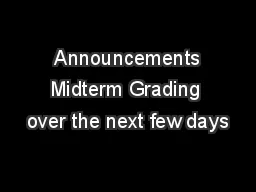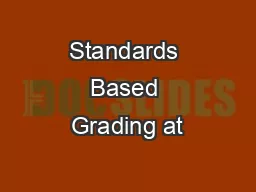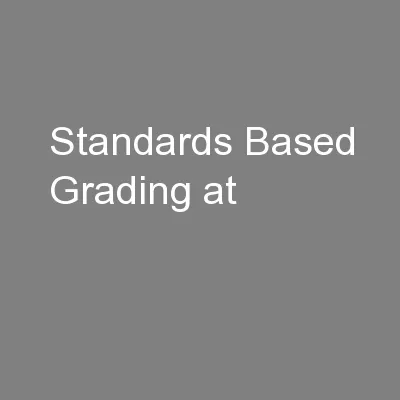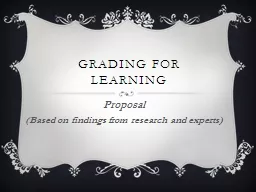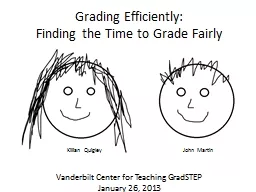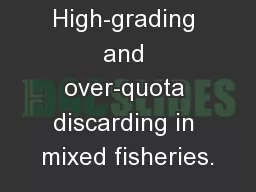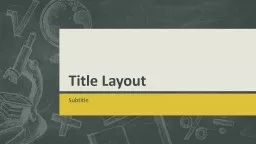PPT-Announcements Midterm Grading over the next few days
Author : giovanna-bartolotta | Published Date : 2020-04-09
Scores will be included in midsemester grades Assignments HW6 Out late tonight Due date Tue 324 1159 pm Plan Last time Nearest Neighbor Classification kNN Nonparametric
Presentation Embed Code
Download Presentation
Download Presentation The PPT/PDF document " Announcements Midterm Grading over the ..." is the property of its rightful owner. Permission is granted to download and print the materials on this website for personal, non-commercial use only, and to display it on your personal computer provided you do not modify the materials and that you retain all copyright notices contained in the materials. By downloading content from our website, you accept the terms of this agreement.
Announcements Midterm Grading over the next few days: Transcript
Download Rules Of Document
" Announcements Midterm Grading over the next few days"The content belongs to its owner. You may download and print it for personal use, without modification, and keep all copyright notices. By downloading, you agree to these terms.
Related Documents

